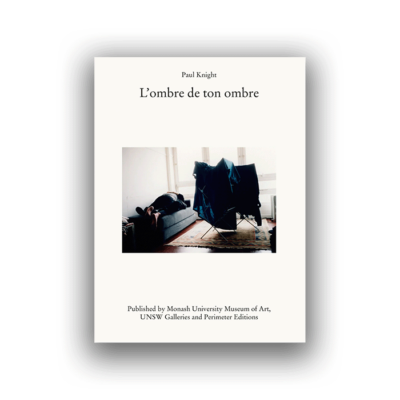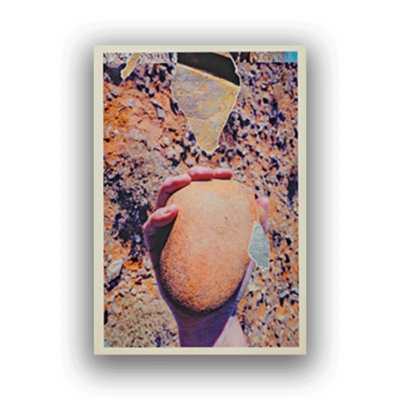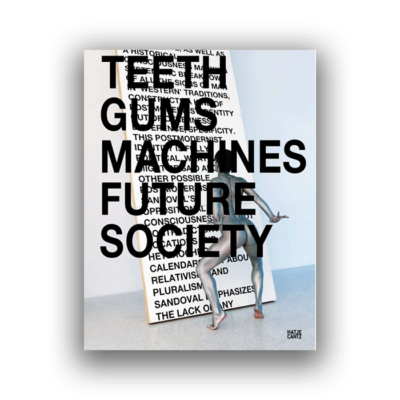Artur Zmijewski
23 August–11 October 200823 Aug–11 Oct 2008
Artur Zmijewski’s unabashedly political artworks are among the most cogent and courageous meditations on the psychical complexities of fascism and state violence currently being produced. Combining performance and video, the Warsaw-based artist utilises bodily dysfunction and abjection as allegories for despotism. His protagonists are the sick, the mentally ill, the handicapped, and the imprisoned.—Derek Conrad Murray
Polish artist Artur Zmijewski is renowned for his confronting documentary videos. He observes people, often in scenarios he has himself set up. He deals with themes of power and powerlessness in relation to the body. People play tag in the nude in a former concentration camp gas-chamber. An Auschwitz survivor recounts his experience while having his tattooed camp serial number ‘refreshed’. A Zionist extremist delivers a righteous video-epistle: ‘For every Jew dead we will kill not 3000 but 300,000’. Polish soldiers perform their drill, chanting songs about war and women, first outside in their uniforms and then, laughably, naked, in a ballet rehearsal room. Many of Zmijewski’s works focus on marginals, particularly the ill and disabled. He observes the everyday struggles of people suffering from Huntington’s Disease. He organises singing lessons for the deaf. There is always ambiguity. In An Eye For An Eye (1998), the able-bodied co-operate with amputees, filling in for their missing limbs, momentarily completing them. It is hard to tell if they are kindly caregivers or if they have been appropriated and their interests elided by those with greater needs.
The centrepieces of the show are two major works: Repetition (made as Poland’s contribution to the 2005 Venice Biennale) and Them (made for last year’s Documenta). In Repetition Zmijewski repeats the famous 1971 American psychology experiment where participants were paid to play prisoners and guards. In the original experiment, the jailers rapidly became sadistic and the experiment had to be curtailed. However, the ultimate result of Zmijewski’s rerun was somewhat different. After his jailers descended into barbarism they had a change of heart, experiencing solidarity with their captives, and together they all walked out on the experiment. Them reads like a parody of an art school crit-session. It documents a series of art workshops Zmijewski held with members of four Polish extremist groups. First he met with them separately, and had them paint their insignia, the symbols of their beliefs. Then he brought them together to correct one another’s paintings. Conflict erupted as the Catholics and neo-nationalists united against the left-wingers and Jewish youths. They started painting over, cutting, and burning the others’ symbols, clashing over the body politics of the Polish nation. Despite their radical differences, those on the far right and those on the far left behaved similarly, speaking on behalf of the social whole while ignoring the other.
Zmijewski’s videos are at once uncannily like—and unlike—reality television. They catch us at our most naked and vulnerable. Sometimes hysterical, sometimes painful to watch, they are a profound exploration of our situation and the double binds it entails. A joint project with Te Tuhi Centre for the Arts, Pakuranga, Auckland. Artur Zmijewski is represented by Peter Kilchmann Gallery, Zurich.






